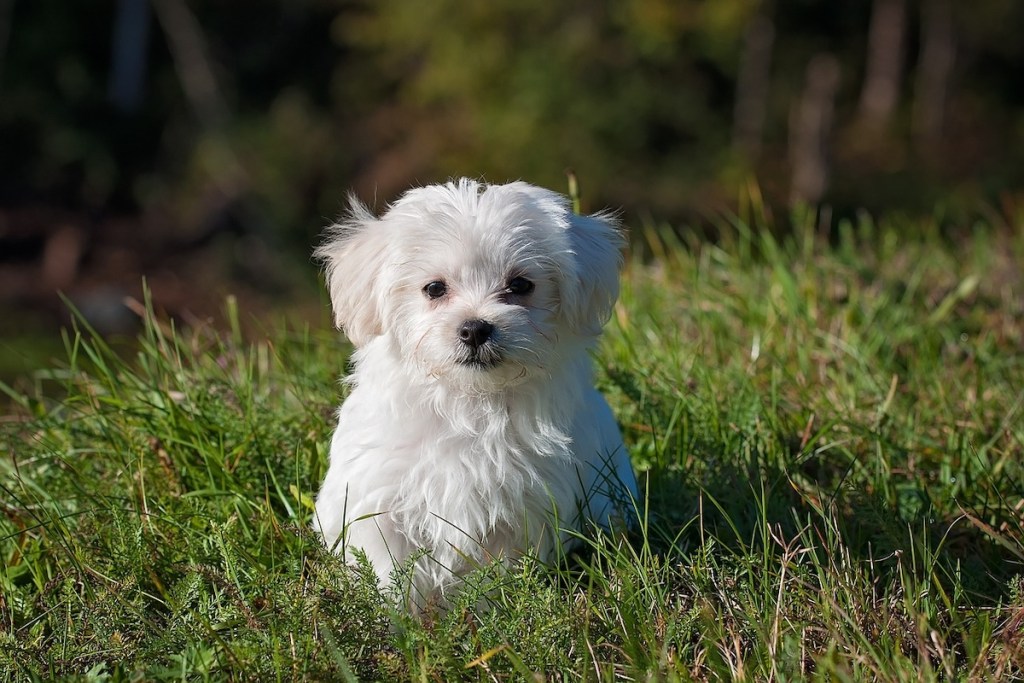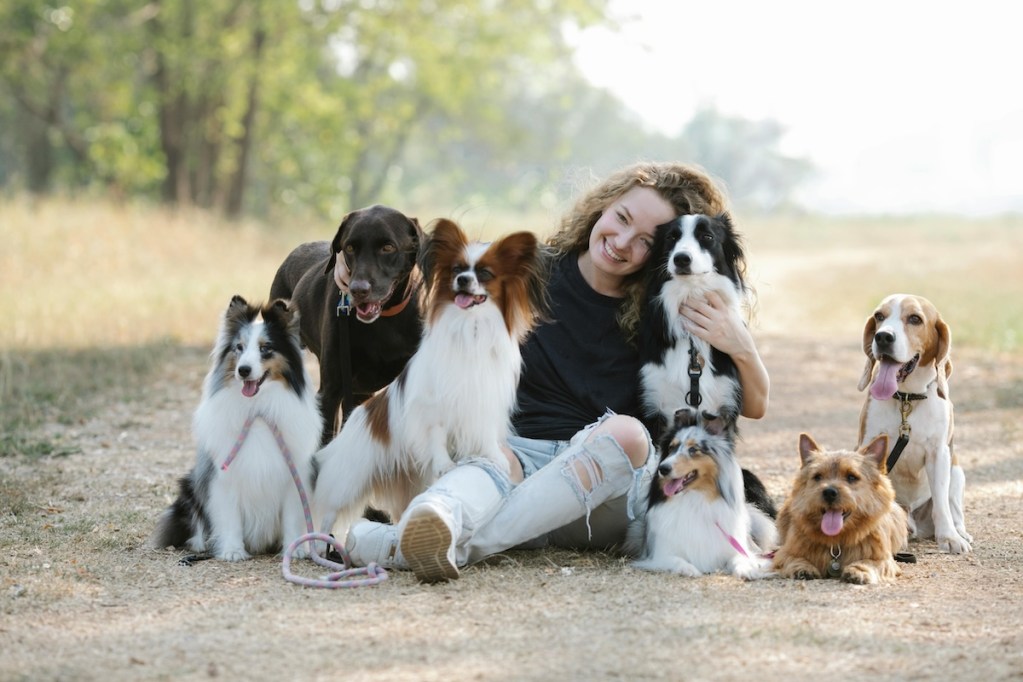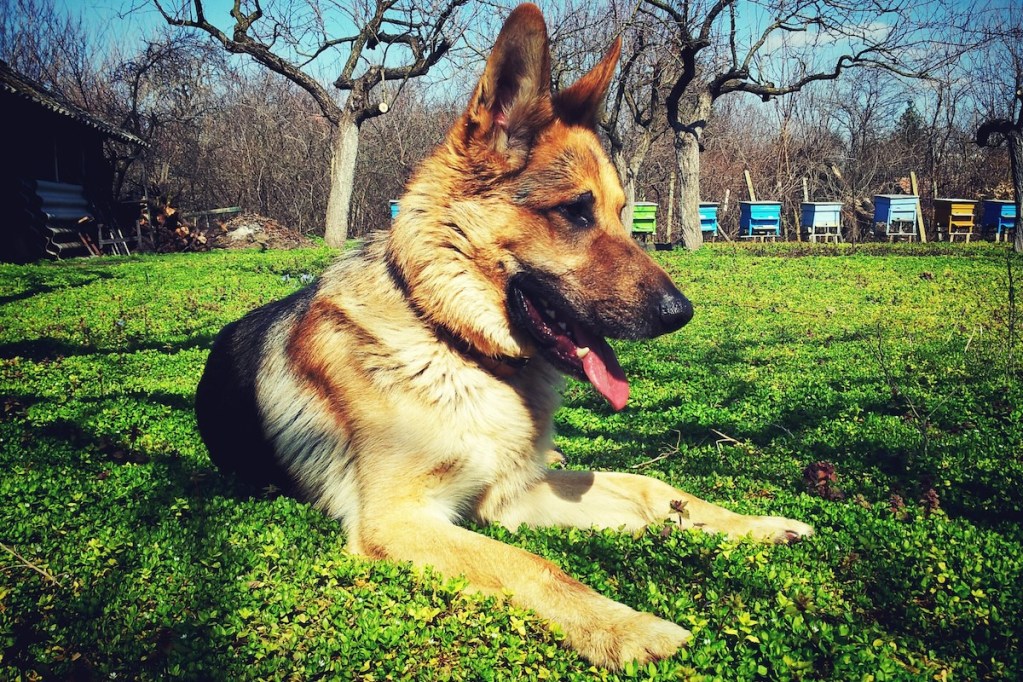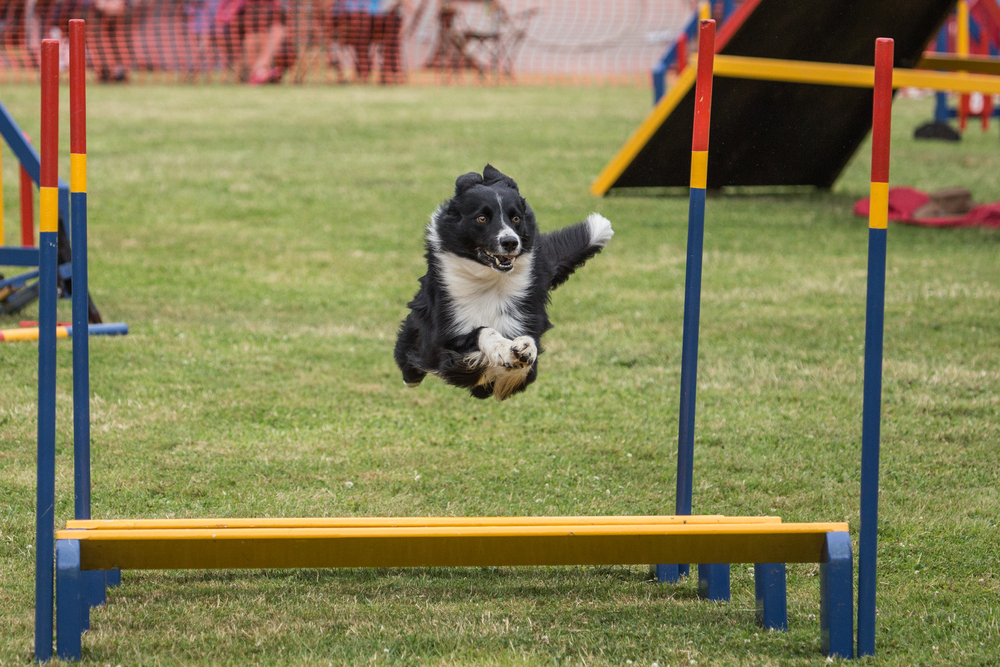It frequently amazes humans how much our dogs seem to understand and respond to us. Some part of this likely lies in the distant past when dogs chose us to be their companions. But a lot of it stems from selective breeding that has taken place over thousands of years.
More recently, our pets fall so neatly into different breeds because we chose specific characteristics that exist across a specific type of dog. For example, you’ll recognize the coat and stature of a German shepherd from 100 feet away and likely instantly identify the yap of a Chihuahua without even seeing them. The question is then, how many dog breeds are there? We’ll take you through the details.
What is a purebred dog?

When you rescue a sweetheart from the pound, you’ll most likely end up with a mutt, meaning a mix of various breeds. A purebred dog falls into one of the recognized official breeds — think Newfoundland, Labrador retriever, or shih tzu.
While you can’t always tell just by looking, breeds generally have very distinctive coloring, body shape and size, as well as skills that they’re known for. Purebred dogs frequently come with papers certifying their parentage. Not sure what type of dog you have? You can find some secrets using DNA testing, though that won’t get your pup into one of the clubs for purebred beasties.
What’s a breed group?

To help classify different dog breeds, governing bodies (we’ll get to those in a minute) have established breed groups. The American Kennel Club (AKC) recognizes seven different groups, and each breed falls into one of these categories and they are sporting, hound, working, terrier, toy, herding, and non-sporting (that last is a bit of a catchall).
Understanding which group your dog fits into can help give you a broader context when thinking about their breed characteristics. For example, if you have a border collie, you should know that they’re a part of the herding group and will likely have those instincts coupled with fierce intelligence.
How are breed standards determined?

Throughout the world, there are several organizations that help set and maintain breed standards. In the U.S., AKC parent clubs (the nationwide organizations focused on one particular breed) set standards and then get approval for those standards from the AKC board of directors. But you should also know about the British Kennel Club, the Australian National Kennel Council, and the World Canine Organization. The AKC is over 100 years old and does a lot more than certify dogs and run shows: It advocates for proper training and treatment of dogs and has led the way in helping dogs turn from workers to family members.
How many breeds are there?

Needless to say, it depends on who you ask. Remember that we definitely aren’t including any mutts or the new designer dogs like golden doodles, since those still fall under the category of mixes. Instead, when counting the total number of breeds, we want to know how many recognized purebred types are out there.
The AKC has about 200 kinds of dogs on its list, though that can change from time to time as the number of animals in a breed drops below a certain threshold or a new breed of canine gets added. Worldwide, that’s even a bit higher, with the World Canine Organization totaling 360 different breeds on the list.
How do you establish a dog breed?

It’s a long and tricky process, but one important point that we touched on, it requires a certain number of individuals of that breed to exist. This means you can’t have a breed with just a handful of buddies who could be classified that way. Additionally, you have to make a set of guidelines around the breed and study the health concerns and other key characteristics so there’s a standard to adhere to. Then, you file some very official documents with the AKC or another organization. And wait.
While dogs share over 99% of the same DNA with every other pooch in the world, breed characteristics have become very distinct over hundreds of years of us selecting for certain attributes. That’s why bringing home a Great Dane is a very different experience from adopting a Yorkie. It also means you should study up on the things that make your kind of dog unique, like the amount of exercise they need, health issues that occur frequently, and their estimated lifespan. Knowing more about your dog will help you go into pet ownership with a clear understanding of what makes your animal special and what to expect in their care.




